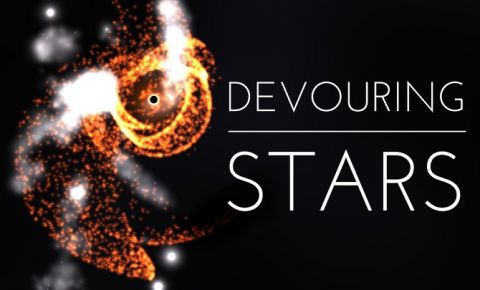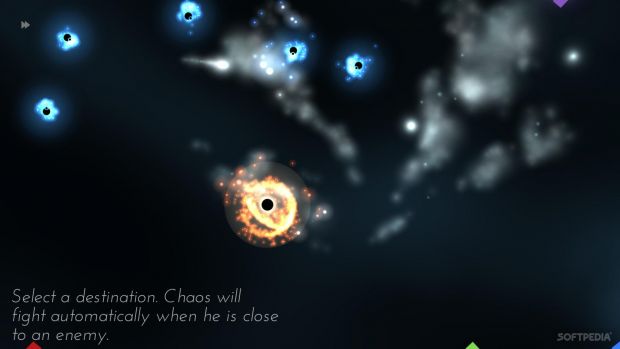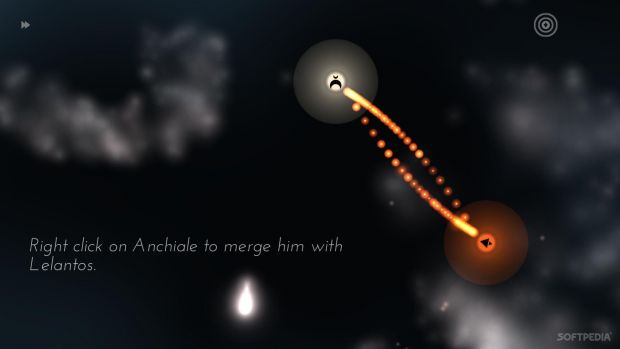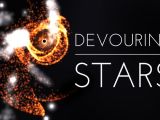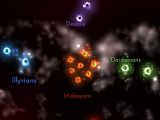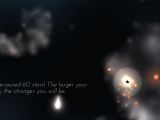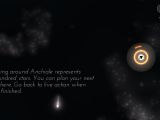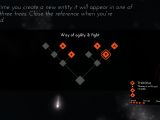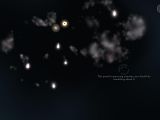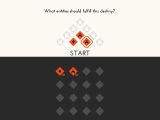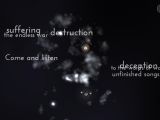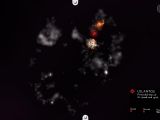Most people tend to think of large, iconic franchises like StarCraft or Command & Conquer when it comes to the real-time strategy genre, but some of those emblematic mechanics, such as accumulating power and using it to destroy your opponent, can easily be applied to independent titles.
Devouring Stars, coming from indie studio Nerial, is such an experience. While you have to build up power, which is here represented by stars, in order to defeat your foes, the title takes a lot of liberties with genre conventions. Instead of building bases, buildings, units, or vehicles, you just guide your own troop of celestial entities, for example.
While Devouring Stars certainly innovates in the strategy genre, does it have what it takes to make a lasting impression or should its star be absorbed into a black hole? Let's find out.
Story
Devouring Star's plot proves a large influence from Greek myths. Featuring not only the regular gods but also titans and many other beings, the main plot revolves around the player leading a tribe of celestial bodies from the depths of Tartarus, which is here just a distant corner of the galaxy.
The journey is procedurally generated, as each destiny, aka path, consists of groups of encounters that have random enemies, goals, or challenges.
Ending a group of missions takes you back to the galaxy map, where more quotes and philosophical musings accentuate your journey. Of course, you can easily skip over these periods but they are well written, and even if you don't have knowledge about Greek mythology, you'll still find some of them quite interesting.
Gameplay
In terms of actual gameplay, Devouring Stars adheres to some real-time strategy conventions. You control beings that can accumulate stars while going through the procedurally generated fields found in each stage. These stars act as an army of sorts, as when a being collides with an enemy, the one with the biggest number of stars wins.
You can easily see how many stars are in each being, both in your own and in your enemies, so that you plan out the fight. You can even use the tactical pause system to issue orders, which comes in handy once you start commanding bigger groups of beings.
If you're bad at micro-management, you can easily combine the smaller beings into larger ones, netting different bonuses and new abilities depending on the variations. For example, one combo turns invisible and is perfect when dealing with lots of powerful enemies, while another can teleport a short distance, which is great when you want to distract foes and have them chase you.
Stages are relatively varied but the core goal remains the same most of the times: get to a portal that's being controlled by enemies. Along the way, you might want to defeat the opposing beings, as they're not that glad when they see you trying to use their portal.
There are also levels where multiple enemy factions are present or are already engaged in conflict. It's sometimes worth it to just avoid entering combat altogether or lurk around and engage beings with a lower star count, before using the portal as soon as possible.
The enemy AI is pretty smart and manages to stay alert even when you try to distract it. They also know when to farm for stars and when to roam as a group, hunting your own forces. In case all your beings get assimilated by the enemy, you're taken back to the beginning of that stage in your journey and receive a memory that lets you start a level with extra stars.
While the mechanics work rather smoothly, there are some instances where the being or beings you have selected don't follow move orders, which can really affect your odds of winning a certain stage. Throw in the very competent AI that gets quite challenging as you progress through the stages, and you'll have a tough time in this title.
Multiplayer
Devouring Stars also features a multiplayer mode capable of supporting local and online matches. However, the game has a much bigger emphasis on local encounters, as you can hand controllers to friends and experience it locally.
The online multiplayer requires people to synchronize their time in the game. The studio advises customers to use the Steam forums and join the general lobby. While it's not a great implementation of an online mode, the studio is open to suggestions for improvement.
Visuals and sound
Devouring Stars shows off a minimalistic visual style that accentuates the darkness of space but uses vibrant colors for each of the main factions. The visual effects are pretty good, and while you'll mostly zoom out to get a better picture of the battlefield, it's sometimes worth it to zoom in and see the particle effects.
The soundtrack is soothing in most situations but ramps up when combat is happening on the screen. The effects also work pretty well and make everything feel even more epic.
The Good
- Novel take on strategy mechanics
- Minimalistic visuals
- Soothing soundtrack
- Varied levels and stages
The Bad
- Difficulty curve spikes are present
- Move commands don't always register
- Multiplayer support not that great
 14 DAY TRIAL //
14 DAY TRIAL // 